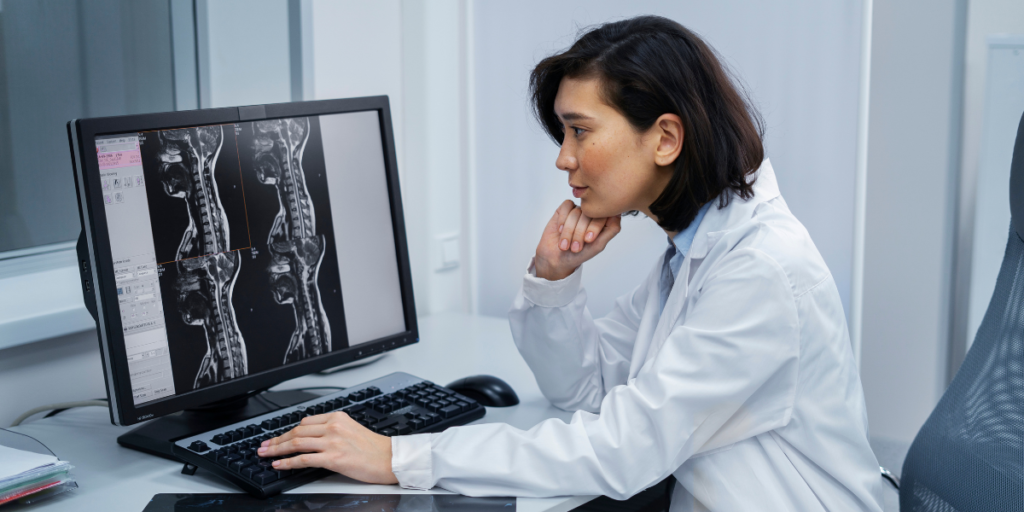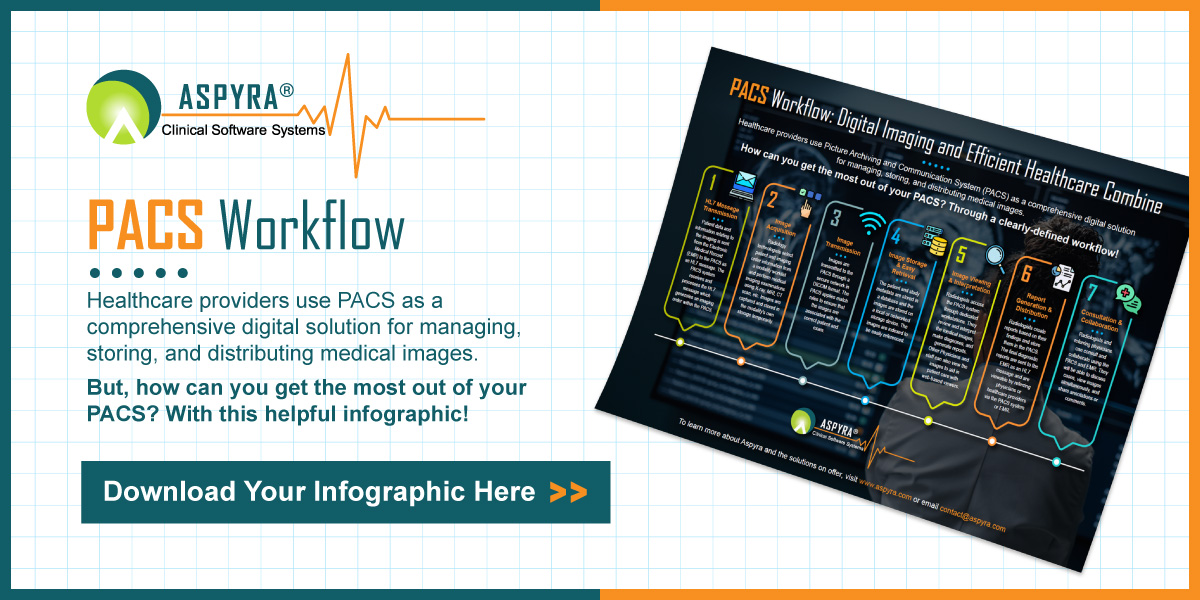Radiography vs Radiology: Key Differences and Similarities

Radiography and radiology play vital roles in the field of medical imaging, serving as essential components for diagnosing and treating a wide range of medical conditions. While these terms are often used interchangeably, it is important to understand that they represent distinct aspects within this field. This blog aims to explore and clarify the similarities and differences between radiography vs radiology, shedding light on their unique contributions to the world of medical imaging.
Radiography vs Radiology in Medical Imaging
Radiography
Radiography is a specialized area of medical imaging that involves the use of X-rays to produce diagnostic images of the body. It is a non-invasive procedure used to diagnose various medical conditions, including bone fractures, infections, and tumors. Radiographers, also known as X-ray technicians, are responsible for operating the equipment and capturing the images. They work closely with patients to ensure that the images are of high quality and that the patient is comfortable throughout the process.
Radiography is a highly specialized field that requires extensive training and expertise. Radiographers must complete a formal education program—typically a two-year associate’s degree—and obtain licensure in their state. They must also pass a certification exam administered by the American Registry of Radiologic Technologists (ARRT). Once certified, radiographers can work in a variety of healthcare settings, including hospitals, clinics, and diagnostic imaging centers.
Radiology
Radiology is a broader field that encompasses a wide range of medical imaging, including X-rays, CT scans, MRI scans, and ultrasounds. Radiologists are medical doctors who specialize in interpreting these images to diagnose and treat medical conditions. They work closely with other healthcare professionals, including radiographers, to ensure that patients receive the most accurate and effective treatment possible.
Radiologists are highly trained medical personnel and must complete a four-year medical degree, followed by a four-year residency in radiology. They must also pass a certification exam administered by the American Board of Radiology. Once certified, radiologists can work in a variety of settings, including hospitals, clinics, and private practices.
The Impact of PACS on Radiography and Radiology
Radiography and radiology are both crucial to modern medicine, enabling the diagnosis and treatment of a wide range of medical conditions. The advent of new technologies, such as PACS, has revolutionized medical imaging, making it simpler for healthcare professionals to capture, store, view, and share medical images. PACS has improved patient care by enabling healthcare professionals to share images and collaborate on diagnoses more easily, even across long distances. As technology continues to advance, the roles of radiographers and radiologists will also evolve shaping the future of these fields. However, the fundamental importance of radiography and radiology in providing patients with accurate diagnoses and effective treatments will remain unchanged, ensuring that these fields will continue to be essential components of modern medicine for years to come.
With innovative PACS solutions that improve patient care and streamline workflows, ASPYRA is at the forefront of this revolution. Contact ASPYRA today to discover how their cutting-edge PACS technology can benefit your healthcare organization and help you stay ahead of the curve in this rapidly evolving field.

